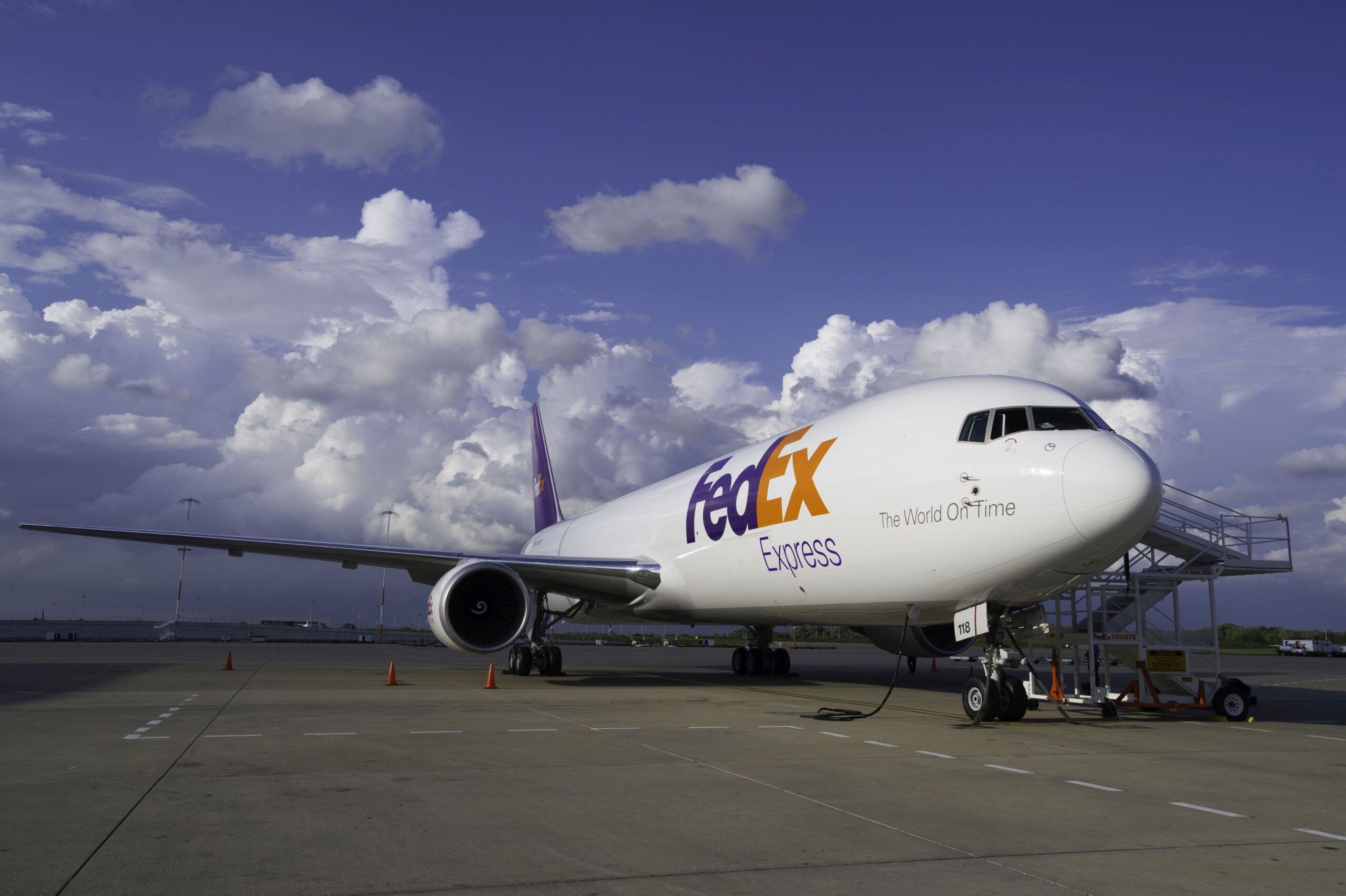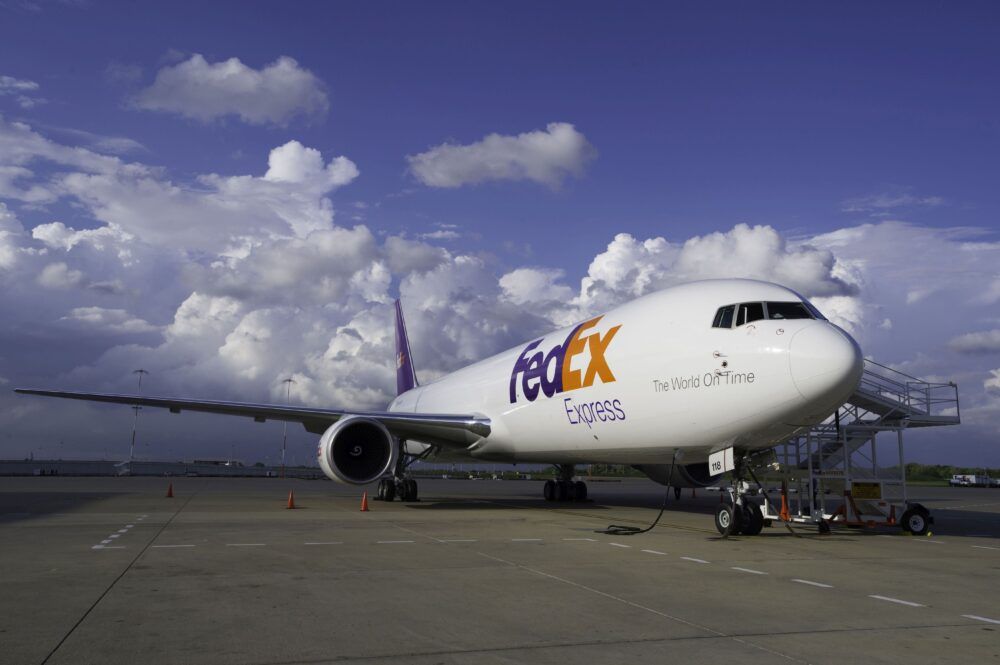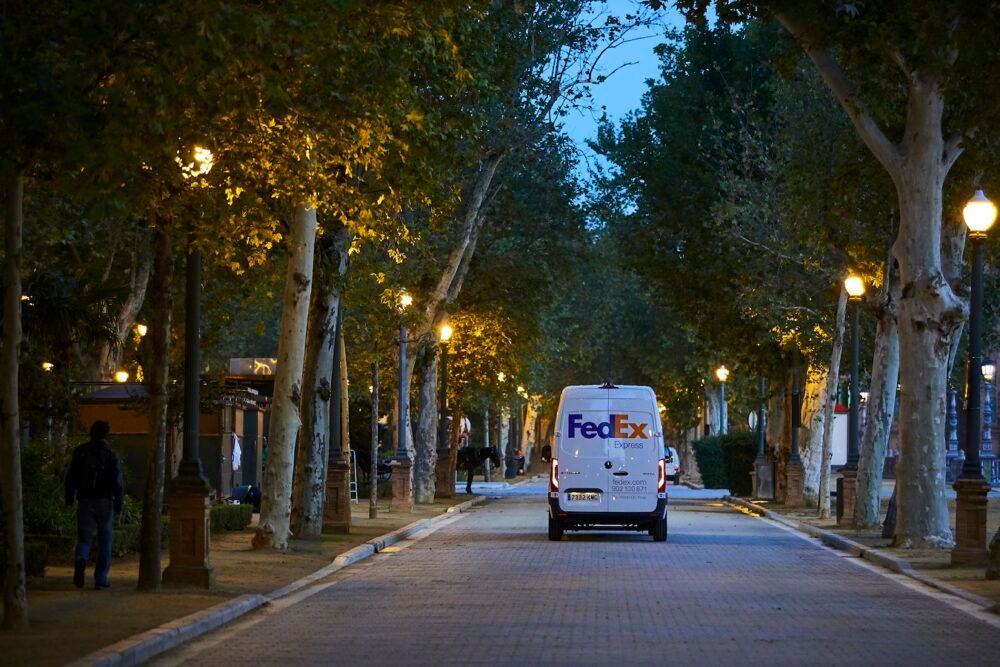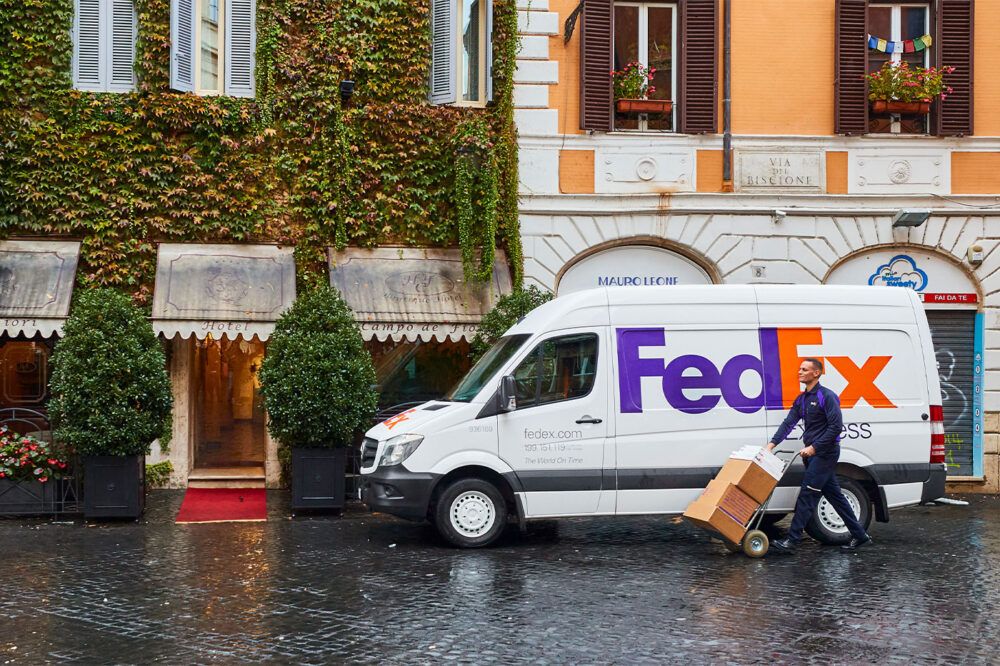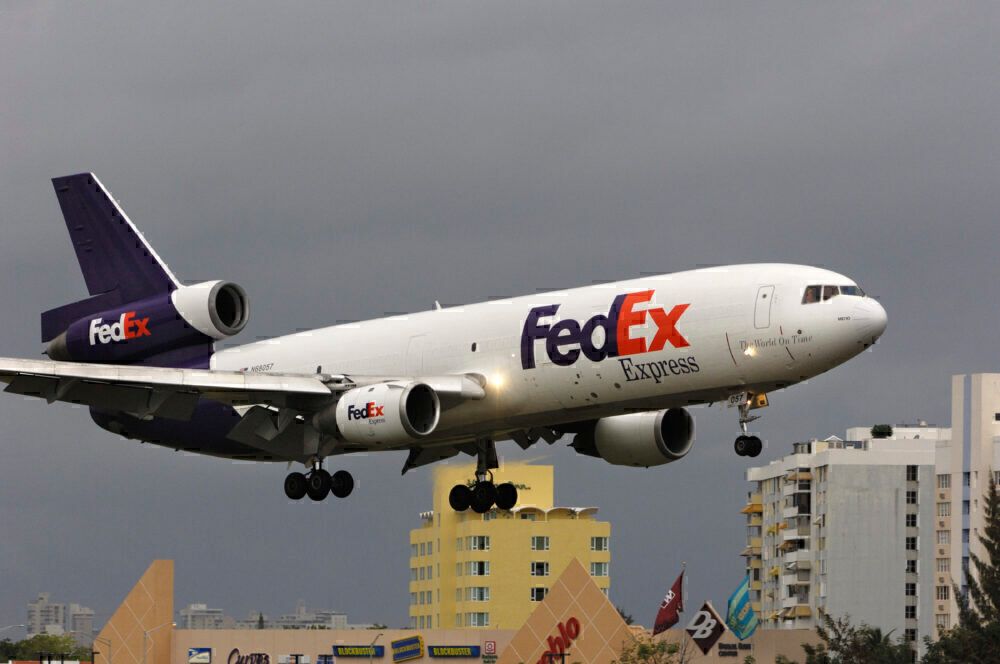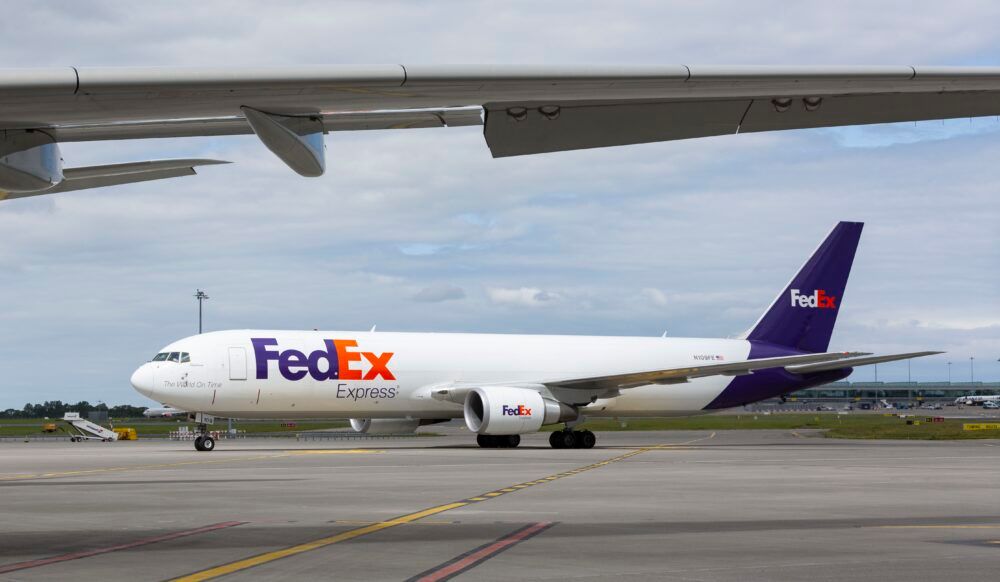FedEx is a household name across the globe, fulfilling cargo demand for all walks of life. The company’s services have grown considerably over the last decade, but this factor hasn’t allowed it to slow down on modernizing its equipment and facilities to meet sustainability targets. In fact, the firm has been adapting its fleet and wider operations intently as it seeks to become carbon neutral by 2040.
Recognizing the need for change
Between 2009 and 2020, FedEx’s average daily package volume grew by 110%. Over that same period, the brand reduced the intensity of its CO2 emissions by almost 40% on a revenue basis.
This progress is continuing, especially when it comes to FedEx’s vehicles. Last year, 86% of all diesel that it sold to service providers consisted of various biodiesel blends. This aspect allowed the avoidance of over 120,000 metric tons of CO2e emissions through a network of fuel islands at over 80 sites. While FedEx’s electric vehicle fleet expands, it is collaborating with power utilities, state and local governments, and regulatory agencies on wider low-carbon infrastructure measures.
Impressive numbers
FedEx Environmental Affairs & Chief Sustainability Officer Mitch Jackson recently spoke with Simple Flying about the freight specialist’s efforts to reach sustainability goals. He highlighted vital figures on FedEx’s road to carbon neutrality. For instance, through the 2020 financial year, it has improved fuel efficiency by 44.5% from its 2005 baseline. Moreover, it has expanded its onsite energy generation across 26 locations and procured renewable energy, achieving a 27% decrease in aviation carbon emission intensity.
Stay informed: Sign up for our daily and weekly aviation news digests.
There have been considerable developments in recent years, but there is no indication of taking it easy this decade. Jackson shared the following goals:
- By 2025, FedEx plans to improve the fuel efficiency of its vehicles by 50% and plans to have 50% of its pickup and delivery vehicle purchases be zero-emission electric vehicles.
- By 2030, the company plans to have 100% of its pickup and delivery vehicle purchases be zero-emission electric vehicles for global FedEx Express operations.
- By 2040, it plans to run a 100% electric FedEx parcel pickup and delivery vehicle fleet and achieve its goal to have 100% carbon-neutral operations worldwide.
Widebody overhauls
In May, the airline reached a notable milestone after it received its 100th Boeing 767. This feat is part of a wider fleet modernization program to replace older MD-10 aircraft. The MD-10 is a legend in the game, but it’s heavily outdated and isn’t as efficient as other widebodies on the scene. As a result, FedEx is looking to retire its entire fleet of the type by the end of fiscal year-end 2023.
FedEx has already received 18 new widebodies in the form of 13 767Fs and five 777Fs, and it retired eight MD-10-10s. Importantly, the 767 is approximately 30% more efficient than the MD-10s it is replacing. However, amid the global health crisis and the crucial role that its planes played in handling growing volume demand and medical supply needs during the change of conditions, the company’s fleet modernization timeline has been slightly delayed.
Still transforming
Nevertheless, FedEx has pending orders for 13 777Fs and 35 767Fs. These jets are due to arrive between 2021 and 2024, just in time to complete the transition away from the MD-10.
“We’re updating our aviation fleet and vehicle fleet to be more sustainable. Our aviation fleet is more efficient through the use of new technologies, alternative fuels, and industry-leading collaborations, such as the testing of emissions-reduction technologies on specially equipped FedEx-owned Boeing 777F aircraft. Our vehicle fleet is focused on reducing emissions from traditional internal combustion engines used in these vehicles through electrification, alternative fuels, advanced technologies, and state-of-the-art operations,” Jackson told Simple Flying.
“FedEx’s vehicle efficiency efforts create value for its stakeholders by reducing fuel and maintenance costs while contributing to societal efforts. FedEx Ground is also working with its independent service providers to promote the use of alternative fuel and electric vehicles, including access at its facilities to a third-party charging solution.”
Overcoming hurdles
Nonetheless, a company the size of FedEx would undoubtedly have significant challenges in adapting its overall operations. With a presence in every corner of the world, it's a mammoth task to transform every aspect. The firm holds over 200,000 motorized vehicles, 680 aircraft, and 5,000+ operating facilities.
Thus, shifting to carbon-neutral global operations is a massive endeavor. Regardless, the business is committing over $2 billion to support initiatives designed to make company operations more sustainable across its fleet of motorized vehicles, aircraft, and facilities. Future initiatives will be concentrated on three key segments. These are carbon sequestration, vehicle electrification, and sustainable energy investments. Combined, these factors will help FedEx complete its mission of carbon-neutral operations globally.
Altogether, airlines across the globe have been ramping up their sustainability efforts in recent years amid internal and external targets. FedEx has shown that it is taking the right steps to meet its goals in this field despite having additional aspects to consider over most other carriers. Even though widebody operations have been shaken up around the world following the rise of the pandemic, they continue to feature heavily in the cargo realm.
Therefore, it's vital that the aircraft performing these services are in top shape in this next chapter. Overall, FedEx's new widebodies will collaborate well with the sustainable aviation fuels and the Fuel Sense initiatives that were undertaken over the past year that help reduce the weight carried on aircraft.
What are your thoughts about FedEx’s sustainability targets and the work it is putting in place to achieve its goals? What do you make of the efforts of the company so far? Let us know what you think of the firm’s progress and its future initiatives in the comment section.

